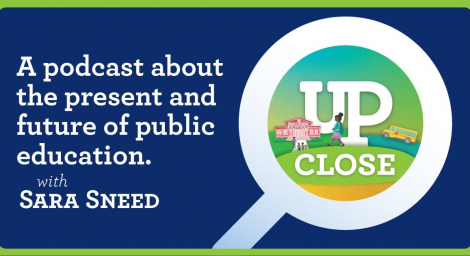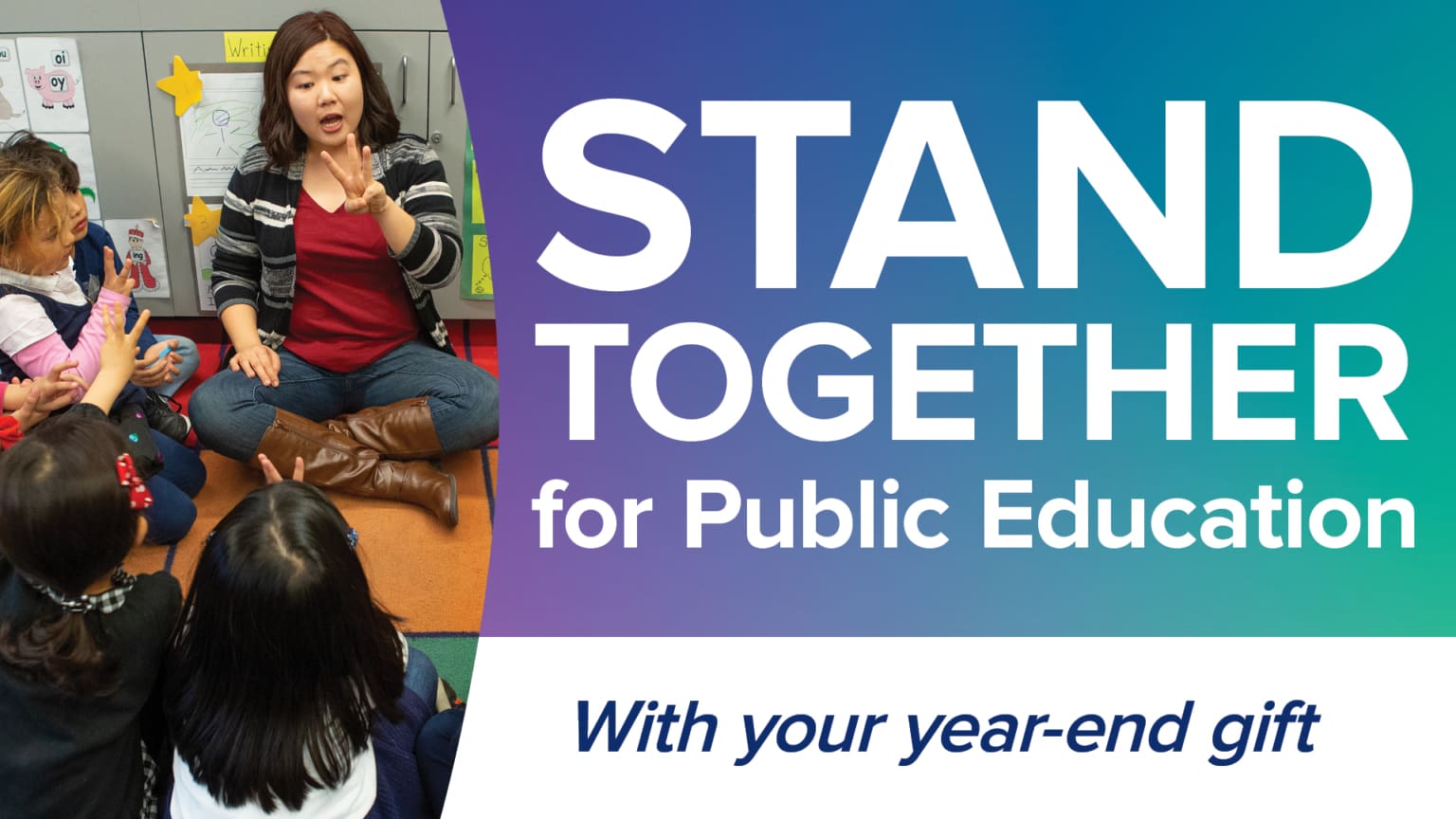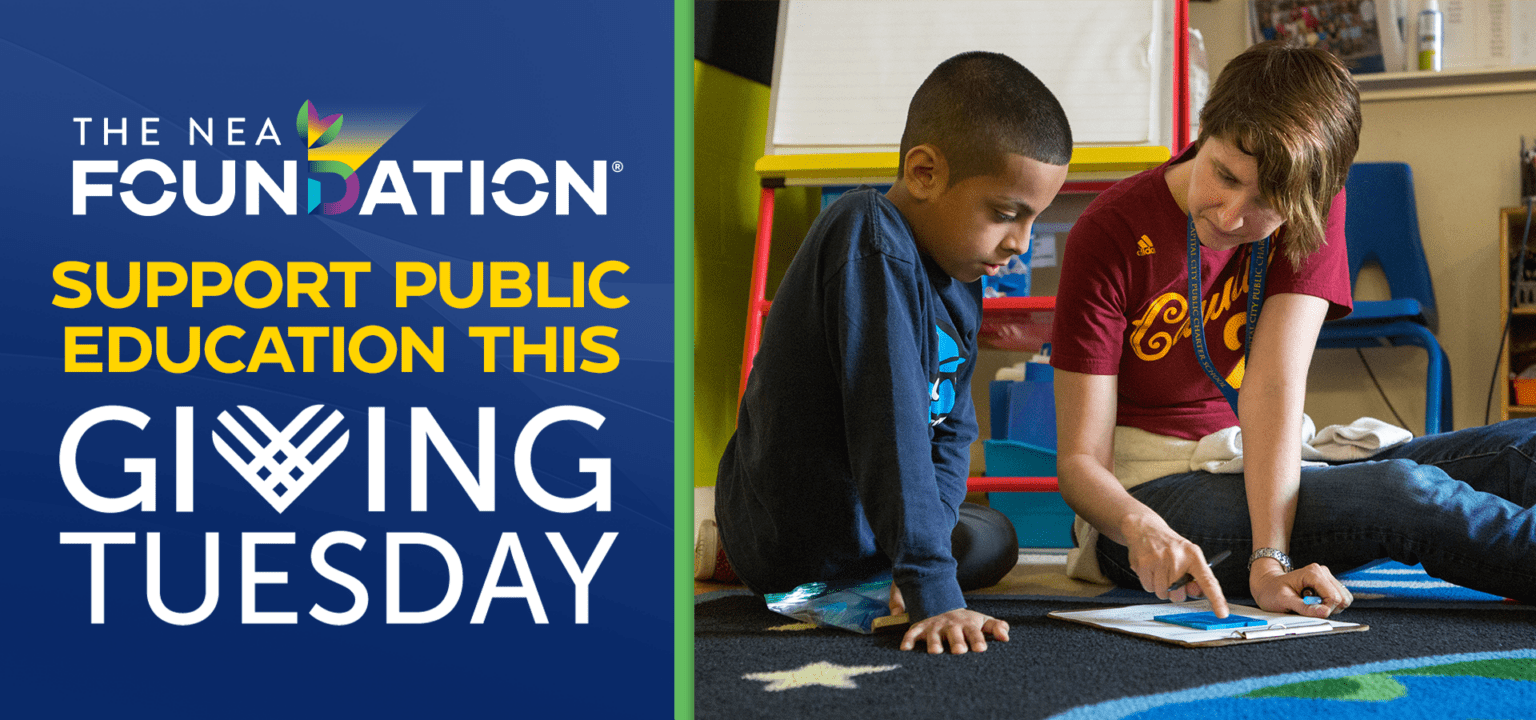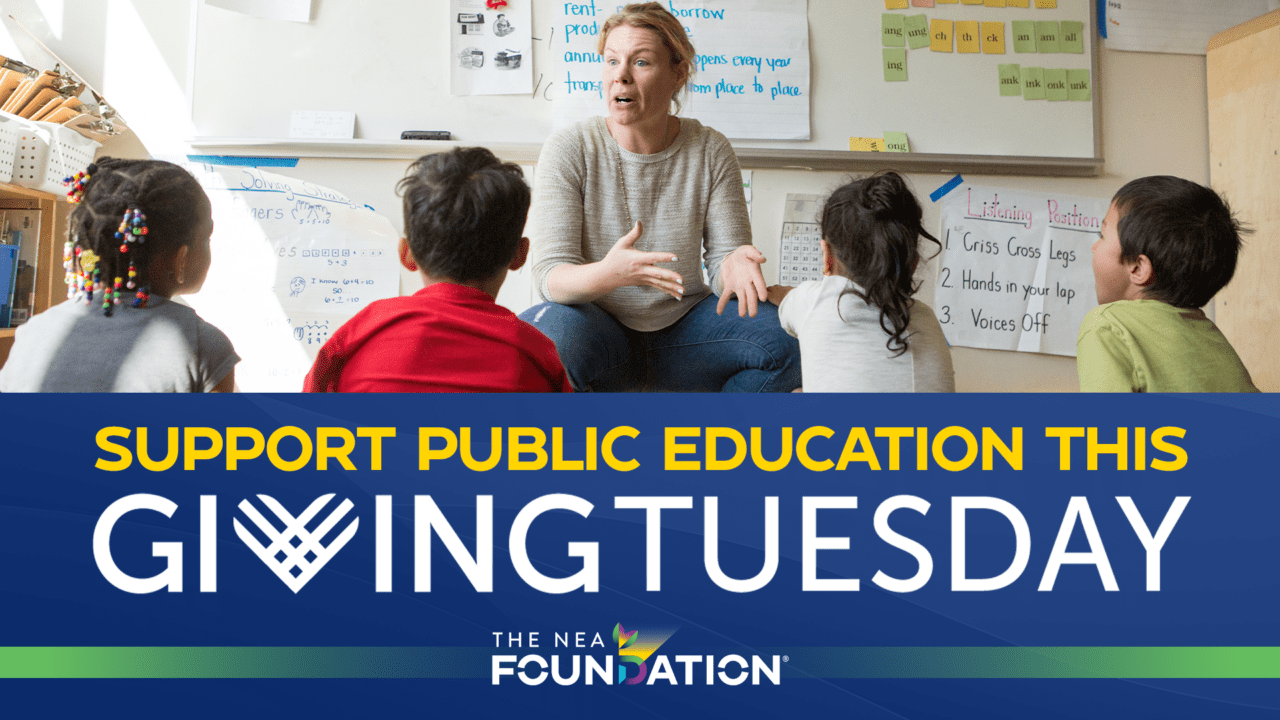Community Schools Increase Equity For All Students

The Southern Regional Alliance for Community Schools
The Alliance represents a partnership among educators, advocates, organizers, parents, policymakers and public officials across Arkansas, Louisiana and Mississippi. At the local and regional levels, these partnerships are committed to an expansion of community schools, including rural schools.
By the Numbers
Why the South?
The South consistently receives less state investment per pupil and less philanthropic funding than other regions.
$12,756
Average amount of funding received per pupil nationally.
$9,367
Average amount of funding received per pupil in Florida. Also commonly seen in all Southern States.
Philanthropic Funding
When considering funding for structural change, then the gap is
30¢ per person
in the South for every dollar per person nationally.
About Community Schools
What is the Community Schools model, how does it address issues of educational equity, and why does it work?
Community Schools are a powerful and proven strategy for achieving the goal of educational equity. Using schools as hubs, Community Schools bring educators, families, policymakers, and community partners together to increase the resources, supports, and services available to children, families, and communities. They are schools designed to ensure that all students, regardless of their ZIP code, can receive an excellent education that cultivates and inspires their hope, skills, and sense of self-efficacy.
Operating year-round from morning to evening and serving both children and adults, Community Schools help to close educational opportunity gaps.
When children arrive at school hungry, when they lack access to needed medical, mental, or dental healthcare, when they live with social, environmental, or physical violence and trauma, even the highest-quality curriculum cannot assure them of the best educational experience. Yet, every community has tremendous assets that can be drawn upon and leveraged to support student learning and student success.
The truth is: schools and educators alone cannot balance the scales of opportunity for children and their communities. Nor can schools alone deliver all of the support that every child deserves.
Schools need partners who understand and embrace the need for systemic change, dismantling policies and practices that preclude some children from having a fully welcoming, supportive, and positive educational experience. There is an urgent need to increase educational equity and opportunity, eradicating the pronounced racial and economic disparities characterizing children’s educational experiences today.
- They address the needs of the whole child. Community Schools offer comprehensive, coordinated resources, services, and supports for children, families, and communities.
- They are customized to local context. No two Community Schools are alike: each reflects and responds to its students’ and communities’ particular challenges, cultures, interests, and assets.
- They are locally designed and led. Community Schools are the product of a partnership between educators, families, policymakers, and community organizations—embracing all who are truly invested in supporting students, schools, and the very best in public education.
Community Schools are found nationwide, but there are far fewer of them in the South—home to more than one-third of the country’s population. Despite some measurable gains over time, the opportunity gap in southern public schools has widened between many Black, Hispanic, and low-income students and their higher-income and white classmates. Tragically, the South also consistently receives considerably less philanthropic investment than other regions, particularly for initiatives that seek to bring about systemic transformation.
In August 2020, the Foundation made our first grants to support the planning and development of Community Schools in:
- Little Rock, Arkansas;
- East Baton Rouge Parish, Louisiana; and
- Jackson, Mississippi.
Each funded community has demonstrated a deep commitment to serve as an exemplar over time, helping to expand the reach of Community Schools throughout the South, both in city and rural settings.
Yes, in three important respects:
- Community Schools improve student outcomes. Community Schools spur improvement on every key educational metric: student attendance, student grades and credit accumulation, appropriate on-time grade level progression, high school graduation, and parent involvement. They dismantle disruptive policies and practices, such as the over-policing of schools and high rates of suspension and expulsion. Through their inclusion of deeper, “real-life” learning experiences (experiential learning) extending well beyond the classroom, they infuse a joy of learning back into school communities’ culture.
- Community Schools are cost-effective. By leveraging and coordinating the many resources already found in their neighborhoods, Community Schools deliver services and resources more efficiently and effectively. Teachers and students can make the most of class time, no longer hindered by unmet needs. Ample research points to up to $15 in social value and economic benefit for every dollar spent developing a Community School. That’s a huge return for families, schools, and neighborhoods once impacted by historical disinvestment and persistent systemic barriers to opportunity.
- Community Schools help to build local trust, resilience, and leadership. They lift and celebrate the voices of all stakeholders, inviting students and adults to co-create their schools. They coordinate, integrate, and align critical supports and services. They become hubs of hope, energy, and community pride.
The value of Community Schools has been reaffirmed with the emergence of COVID-19. Given their preexisting partnerships, Community Schools have been able to quickly mobilize educational and other support services during COVID-19 for families and neighborhoods hit hardest by the virus.
Although tailored to their location, the work of all Community Schools is supported by four interrelated pillars:
- Integrated student supports. These include culturally responsive and supportive experiences, social and emotional learning, conflict resolution, trauma-informed and trauma-responsive strategies, restorative justice practices, and other approaches that help to generate environments conducive to learning. Common Community School services and supports also include medical, dental, and mental health care services; tutoring; and other academic enrichment.
- Expanded and enriched learning time and opportunities. Community Schools are open year-round, often beyond the traditional school day—from early morning to evening and on weekends. They draw on local talents and resources to offer a strong instructional core emphasizing real-world application of academic concepts, project-based learning, community and civic engagement, and practical problem-solving. They also sponsor extracurricular experiences in the arts, sciences, and athletics.
- Family and community engagement. A Community School is a place where everyone can feel safe, welcomed, heard, and united in a common purpose. And opportunities aren’t limited to children: Community Schools often offer adults things like English as a second language classes, job training and placement, housing assistance, financial literacy programs, citizenship preparation, computer skills, nutrition programs, and art classes.
Collaborative leadership. Community Schools embrace distributive leadership and shared governance. The partners work together to shape school priorities, advocate for families and communities, and implement solutions.
The idea for Community Schools goes back to the work of Jane Addams, Booker T. Washington, Julius Rosenwald, and other innovators who understood that problems rooted in discrimination and disinvestment cannot be addressed superficially or in isolation from one another. Momentum and support for Community Schools has accelerated over the past two decades, as gaps in income and learning outcomes have widened dramatically.
The Foundation takes a collaborative, rather than prescriptive, approach to change. Our experience and commitment to working as a trusted partner—complementing and advancing existing assets, resources, and relationships—is very much in keeping with the strategy of Community Schools.
Along with grantmaking, the Foundation will engage an extensive network to support local organizations and to provide our grantees with customized coaching, technical support, and opportunities to exchange ideas with Community School participants and experts throughout the nation.
Stories from the South & Beyond
Use this interactive tool to read stories about the impact of community schools nationwide.
Voices in Support of Community Schools
Community-Curated Vision Equals Community-Driven Success
Serving Students' Needs
Addressing Issues of Equity
Why Community Schools Work
News & Views


- Community Schools, For the Media


- Community Schools
- by Jennifer Kotting


- Community Schools, Foundation Voices
Support the NEA Foundation
You can help make a difference for educators and students across the country.












